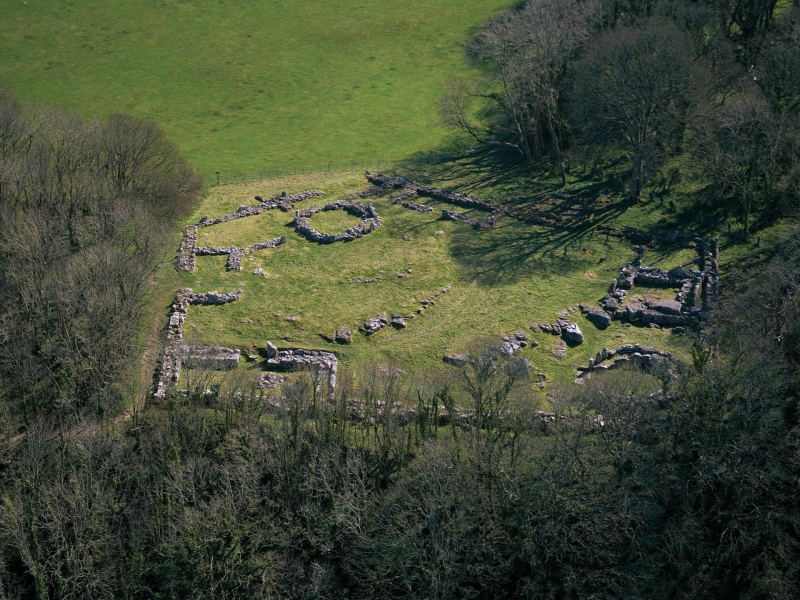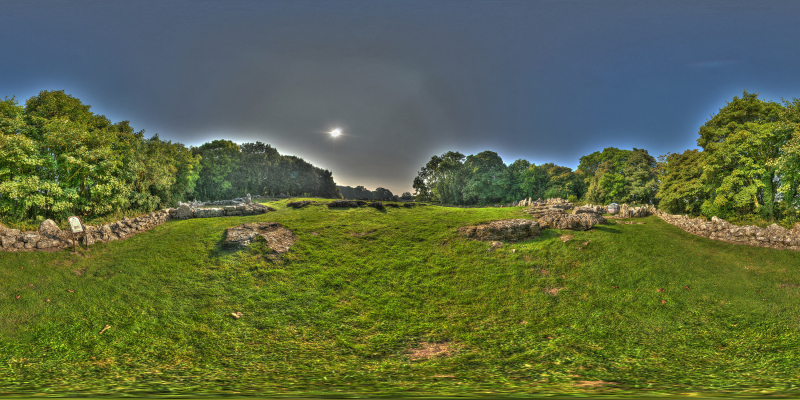Din Lligwy Hut Group
Din Lligwy evokes the alluring idea of a Celtic town tucked away in a forest grove. Romano-British-era stone cottages in an enclosure are still standing today. Unfortunately, the trees that surround the location are quite new. It would have been relatively open when it was inhabited, with a lovely view of Lligwy Bay.
Early 20th-century excavations turned uncovered ceramics and coins, mostly from the third and fourth centuries A.D., demonstrating that the enclosed settlement had been inhabited during the later Roman era. Local Britons who lived in roundhouses and largely absorbed the Roman invaders' way of life would have been the inhabitants of this area. Numerous structures, including roundhouses and rectangular barns or workshops, have been discovered through excavation. These structures contain iron slag and smelting hearths, which indicate that the area was once utilized for metalworking. Roman coins from the third and fourth centuries, as well as ceramics, glass, and a little silver ingot, were discovered.
Despite their age, the Din Lligy Hut Group's ruins are remarkably well-preserved and offer a fascinating glimpse into some of Britain's earliest history. The outside wall is nearly finished, with the exception of a height reduction, and it is also possible to see the remnants of two round huts and numerous rectangular ones. Informational signs outline its fascinating past, and visitors can also explore the prehistoric Lligwy Burial Chamber and Capel Lligwy, a ruined 12th-century chapel, all of which are within a 5-minute walk.
Location: Rhos Lligwy, Wales, United Kingdom















